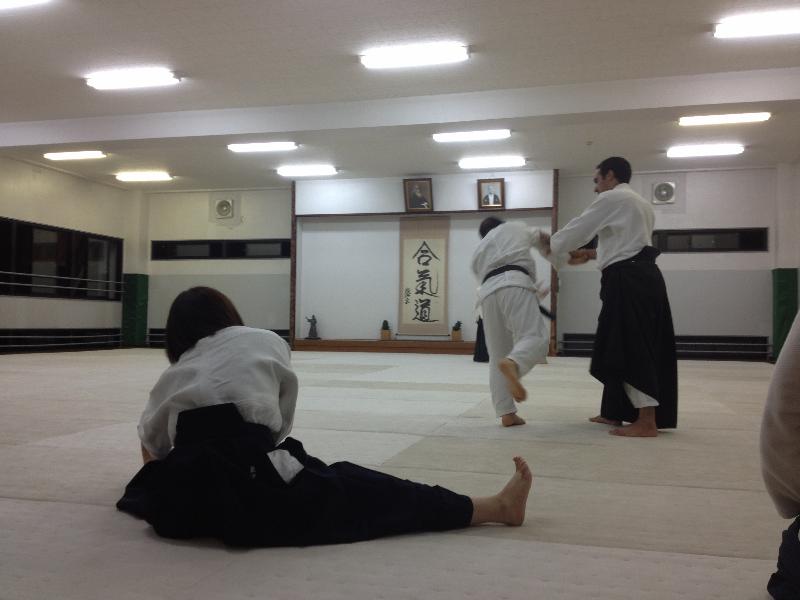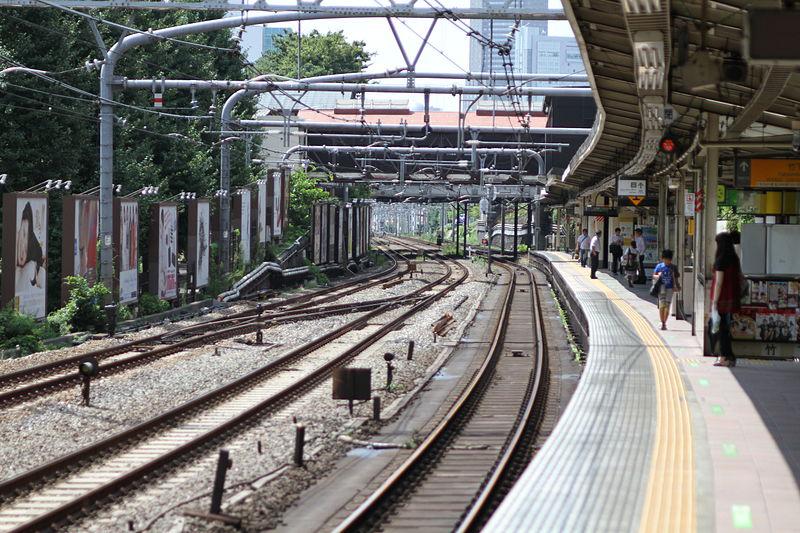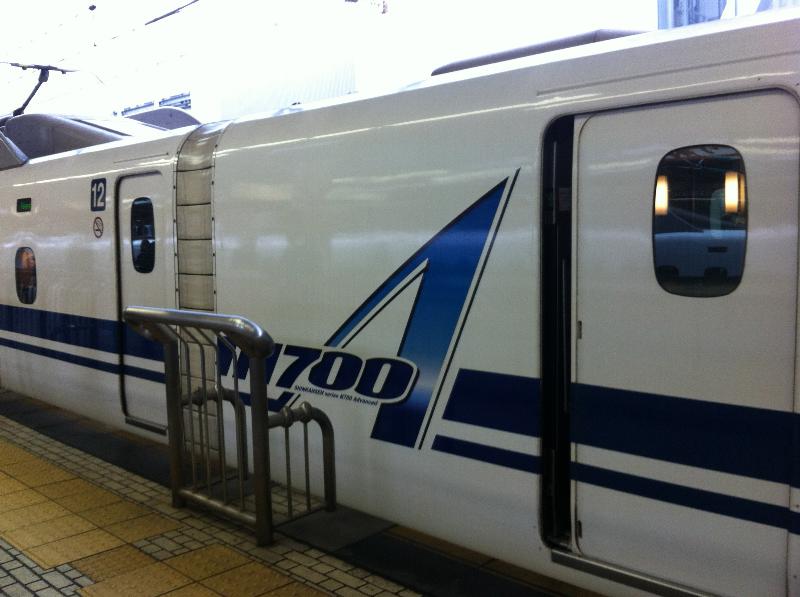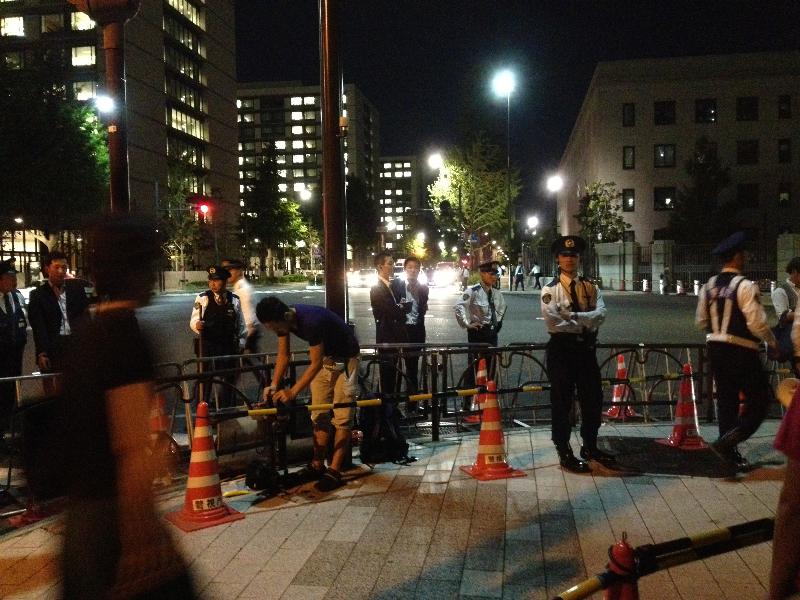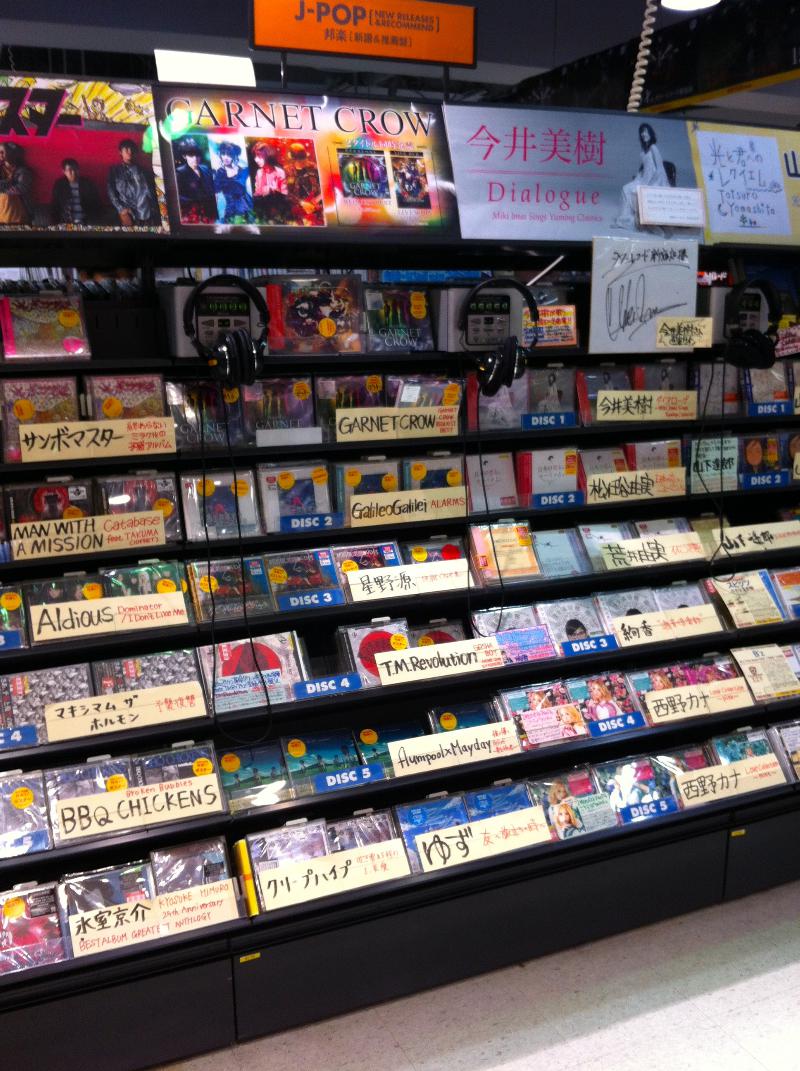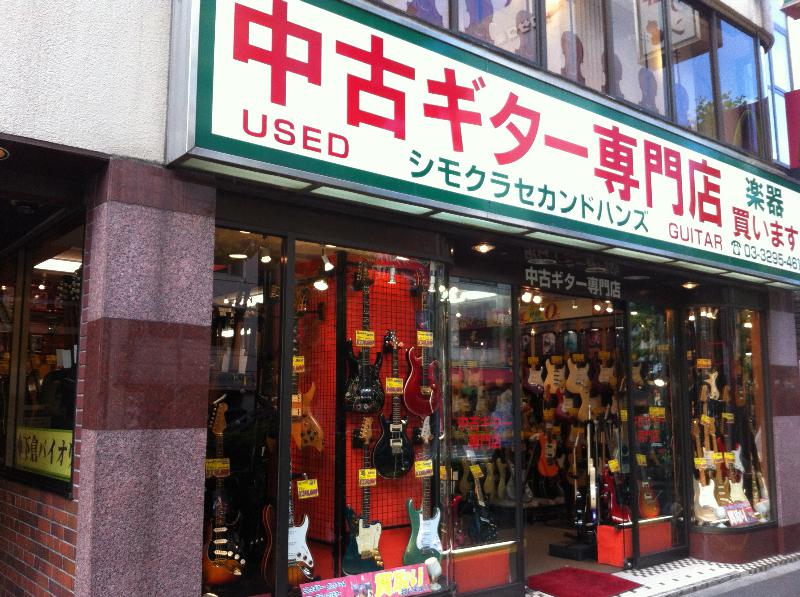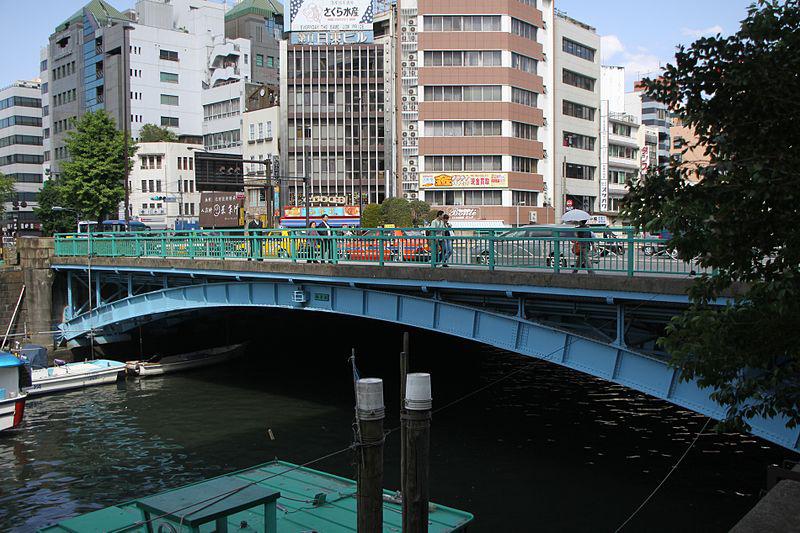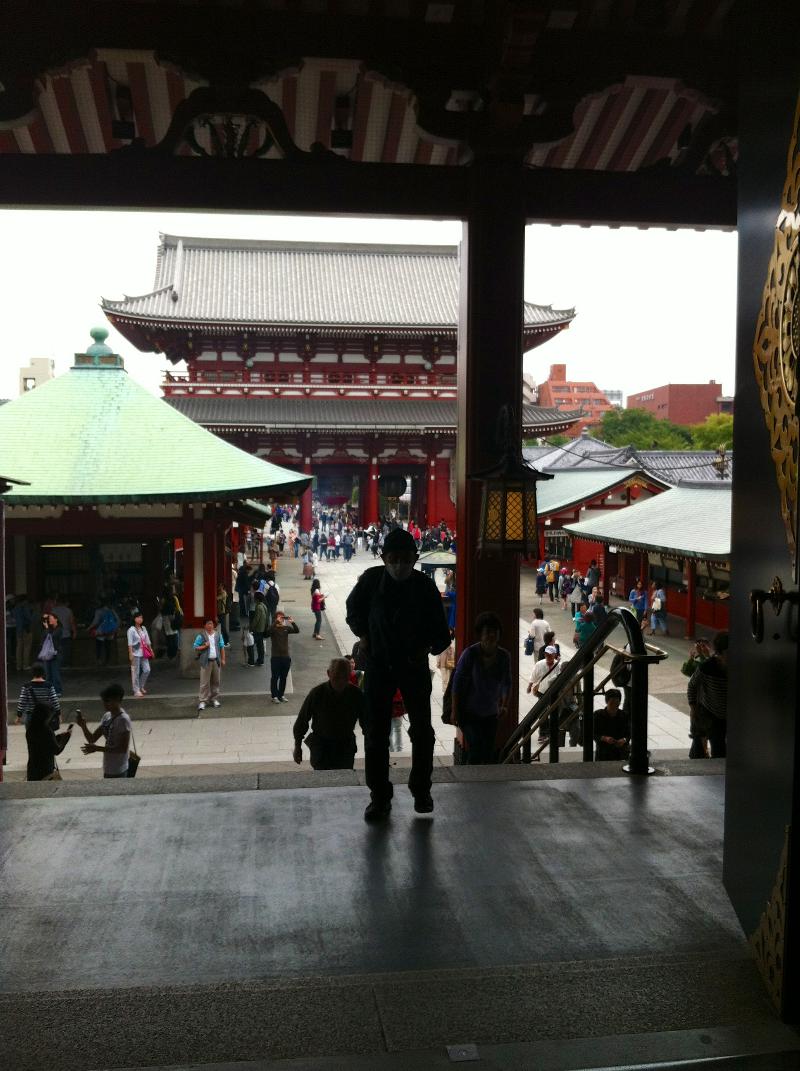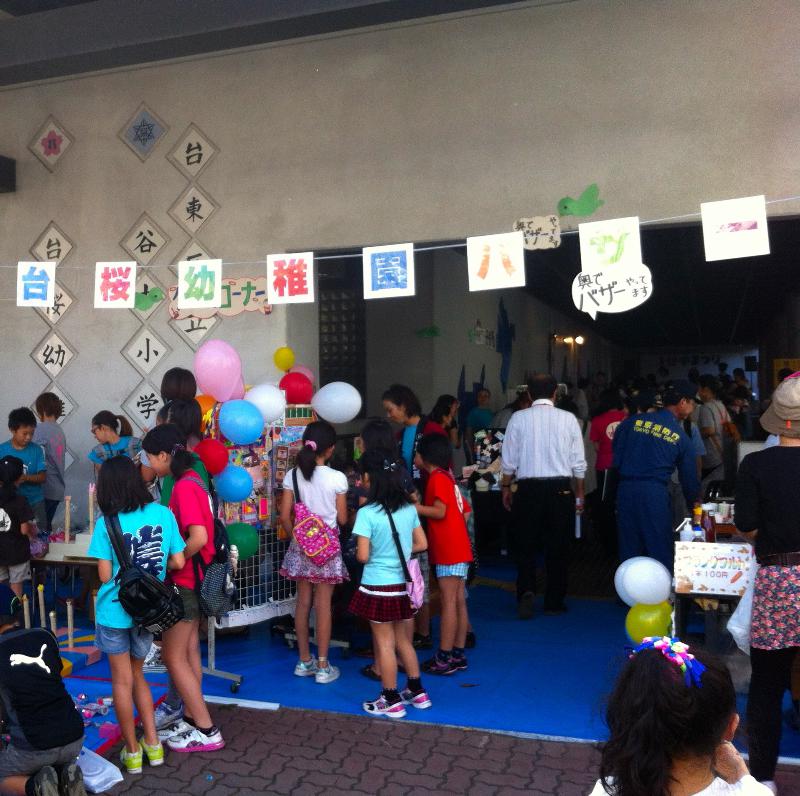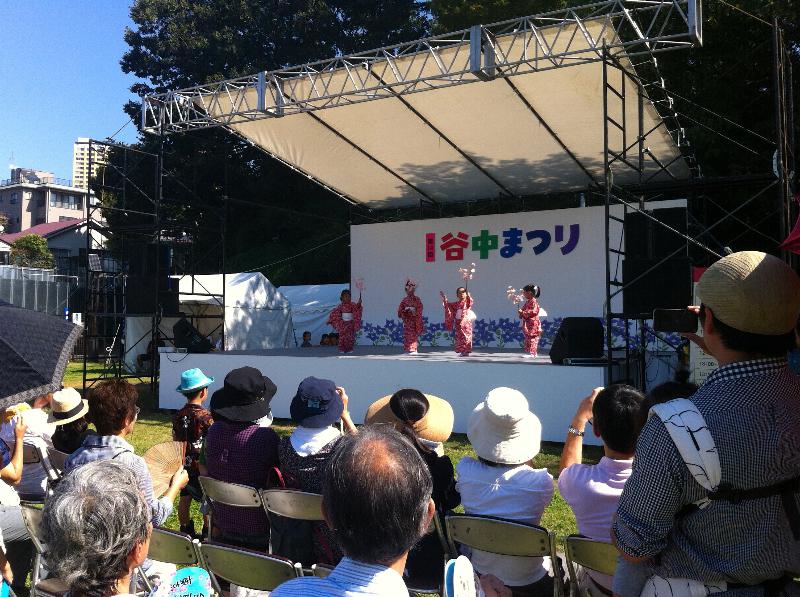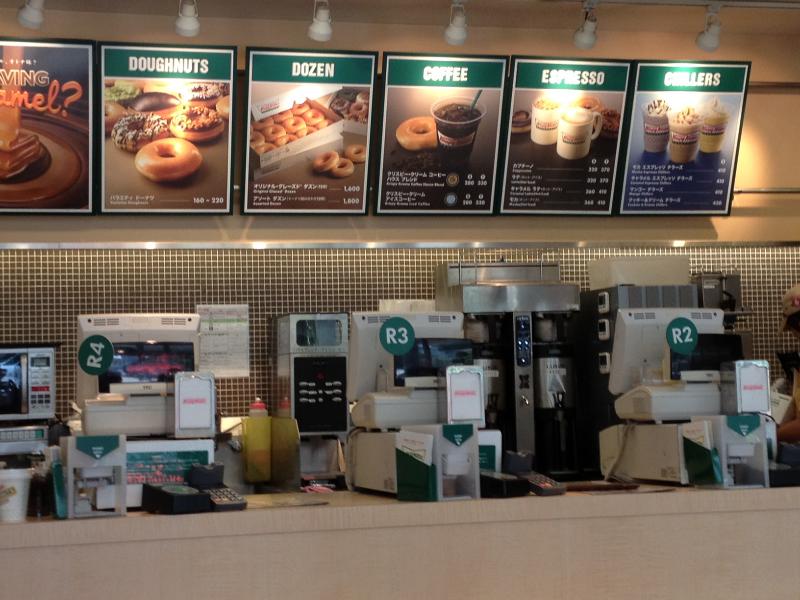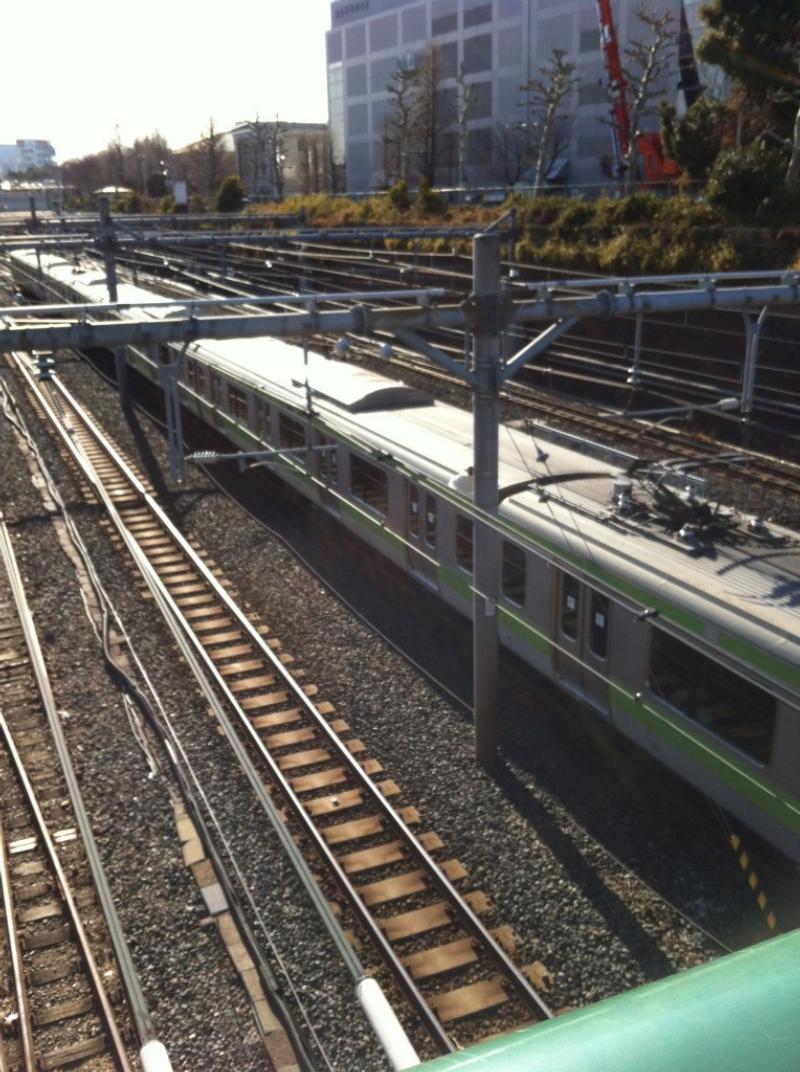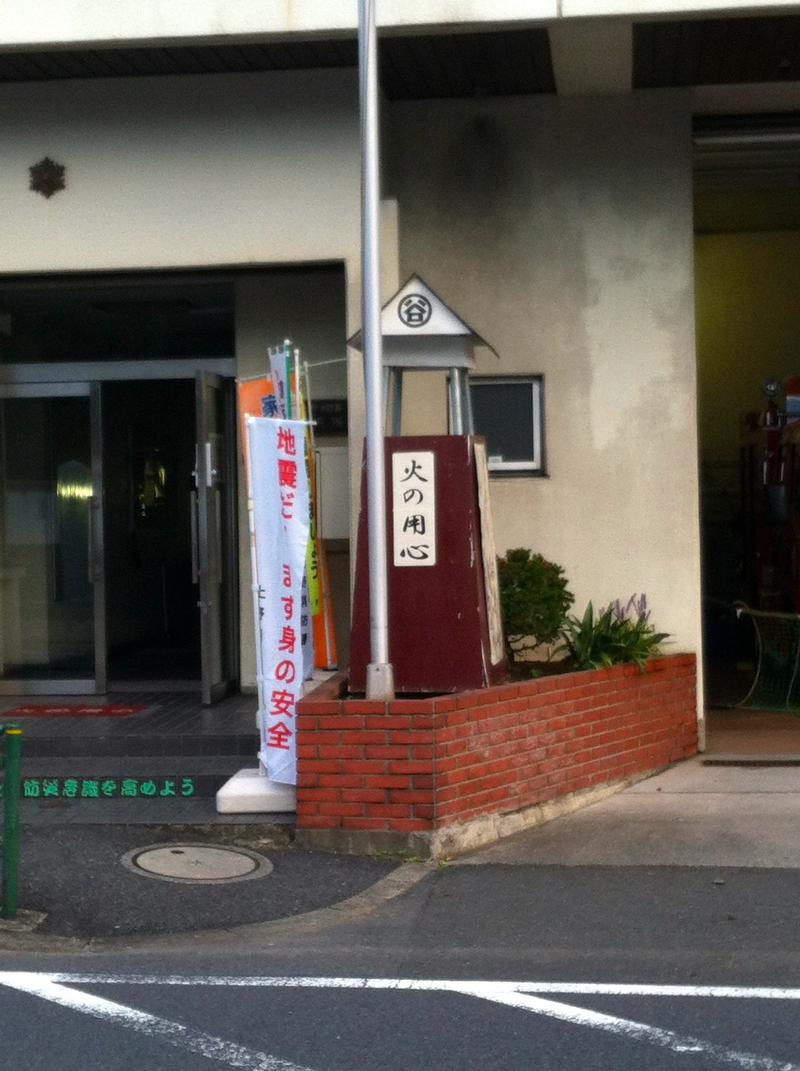Fri Sep 02 2016 by Carolyn Stevens
Many of the recordings in this repository were taken during the more 'sociable' hours of 9 am to about 10 pm, as the ethnographers moved through a 'normal' schedule in Japan. On my recent trip, however, I explicitly tried to take recordings outside of business hours to provide contrast to...>>
Fri Aug 05 2016 by Carolyn Stevens
As part of another research project on popular music in Japan, I have been looking at the Beatles fandom in Japan. I happened to be attending a conference in Kyoto in late June, so I decided to extend my visit for a few days and take the Shinkansen to...>>
Fri Jul 29 2016 by Tamara Kohn
I’ve recently returned to Melbourne from the 2016 Association of Social Anthropologists conference at the University of Durham, UK. It was a nostalgic visit for me. I had lived in Durham and had taught at that University for 14 years, from 1992-2006. This first visit back to the...>>
Fri Jun 17 2016 by Carolyn Stevens
In this project, we are considering how sound and silence in various places are attended to in specific ways, and the dialogical relationship between sound and space. The mutually constitutive relationship between sound and space means that sounds are made diverse by the distinct characteristics of each place. At the...>>
Thu Jun 09 2016 by Richard Chenhall
“The nightlife is defined by Japanese more what by what it does than by where is exists”, says Anne Allison in her book about Tokyo clubs and bars (Nightwork 1994, p. 33). Accordingly, Sonic Japan features sounds made in various places in the public and private spheres. Sounds heard in...>>
Tue May 03 2016 by Carolyn Stevens
The Journal of Musicological Research has just published an article arising from the Sonic Japan project, part of a special issue on street music around the world.
Street music in Japan is often associated with the performance of one’s shōbai, translated as one’s trade, business, or occupation. An examination of...>>
Fri Apr 01 2016 by Carolyn Stevens
This recording of an announcement in Yoyogi Park is played every few minutes through a loudspeaker (featured photo). A feminine voice tells park users not to ride bicycles along the pathways as it is dangerous to pedestrians. This is an example of sonic control, an one expression of social control....>>
Fri Apr 01 2016 by Carolyn Stevens
What are sonic contours?
Contours have been described in various ways within different disciplines, but they are most often associated with visual stimuli. Kent Stevens describes a surface contour as the ‘image of a curve across a physical surface’ that can be formed by a shadow, a marking or a wrinkled...>>
Fri May 30 2014 by Tamara Kohn
Wed May 07 2014 by Thomas Baudinette
Baseball is the most popular spectator sport in Japan and is also one of the most popular amateur sports- almost every school and university in Japan has it's baseball team(s). Even some large (and smaller) companies organise baseball competitions amongst their employees and against their competitors, with young (male) members of staff invited to represent the company on the diamond.
>>
Tue Apr 15 2014 by Tamara Kohn
In this recording at Hombu dojo, the world headquarters of the Aikikai Foundation, during a late afternoon class, approximately 30 students are practicing in pairs and you hear the sound of their bodies moving and the slapping of the mats to break their falls. Then they stop, dash to the edges to kneel in seiza facing the centre, and the Sensei (teacher) demonstrates a technique with one uke (receiving partner) while all the students observe.
>>
Wed Apr 02 2014 by Thomas Baudinette
Late one night, after I had spent an enjoyable evening with a friend in Omotesando and Harajuku, I found myself stuck on the platform at Harajuku Station. The station was currently being renovated, and there was very little standing room on the platform- and the platform was busy.
>>
Wed Apr 02 2014 by Carolyn Stevens
The super fast shinkansen bullet train network, which can take you from Tokyo to Osaka in a little over three hours, is a famous and ubiquitous image of modern Japanese technological ingenuity. The shinkansen bullet trains were first developed in the 1960s, with the first trunk line opening along the Tokaido (a major land-route connecting Osaka to Nagoya and then Tokyo) in 1964.
>>
Wed Apr 02 2014 by Carolyn Stevens
The following sounds were recorded during an evening protest in front of the Government offices in Kasumigaseki and Nagatacho in central Tokyo. I began my sensory experience at the Anti Nuke Occupy Tent, which was located near exit A12 of the Kasumigaseki Station.
>>
Wed Mar 26 2014 by Carolyn Stevens
The music industry in Japan, as elsewhere, is seen to be a troubled industry. Since the late 1990s, sales figures of CDs in Japan have been in steady decline, in part due to the rise of online music as the primary source for consumers.
>>
Wed Mar 26 2014 by Carolyn Stevens
Ochanomizu is an area in central Tokyo that is located near several major universities: Meiji University, Tokyo Medical and Dental University and Juntendo University (Ochanomizu University moved to another part of the city after the 1923 Kanto Earthquake. Tokyo University's Hongo Campus is a short distance away).
>>
Wed Mar 26 2014 by Tamara Kohn
Wed Mar 26 2014 by Thomas Baudinette
During the cooler months, itinerant salesmen roam the streets selling baked potatoes: yakiimo. Similarly to the cries of hi no yojin, the sounds of men wandering the streets chanting "imo.
>>
Wed Mar 26 2014 by Thomas Baudientte
Sensoji Temple in Asakusa is Tokyo's oldest and most popular temple and is a popular tourist attraction, drawing in millions of tourists annually. Sensoji is also a popular place for Japanese to pay their respects to the gods during New Year.
>>
Wed Mar 12 2014 by Carolyn Stevens
Bazaar at the elementary school.
>>
Wed Mar 12 2014 by Carolyn Stevens
HATSUON NO MORI
Towards the end of our fieldwork in Tokyo, Carolyn Stevens and myself (Thomas Baudinette) visited a local neighbourhood festival in Yanaka. Although we visited in the morning, it was already extremely hot and dusty, and we spent just as much time enjoying the sights and sounds as we did trying to find cool, shady areas to rest.
>>
Fri Aug 16 2013 by Richard Chenhall
The first Krispy Kreme store in Japan was opened at the Shinjuku Station Southern Terrace in 2006, with many more to follow. The first store to be opened outside of Kanto was in Nagoya (2010), followed by a store in Osaka.
>>
Wed Aug 14 2013 by Carolyn Stevens
While many train lines track across the greater Tokyo landscape, no train is more iconic than the silver and light green Yamanote-sen (line). Owned by Japan Railways (JR) and managed by JR Higashi Nihon, the Yamanote is one of the major inner city 'loops' that circles central Tokyo.
>>
Mon Aug 12 2013 by Carolyn Stevens
This brief recording documents one winter public service practice of many Japanese urban communities: Hi no Yōjin, or 'Beware of Fire'. During the winter, members of a chōnaikai, the local neighbourhood association, walk through the streets carrying small wooden sticks which they smack together periodically to draw the attention of the local residents.
>>
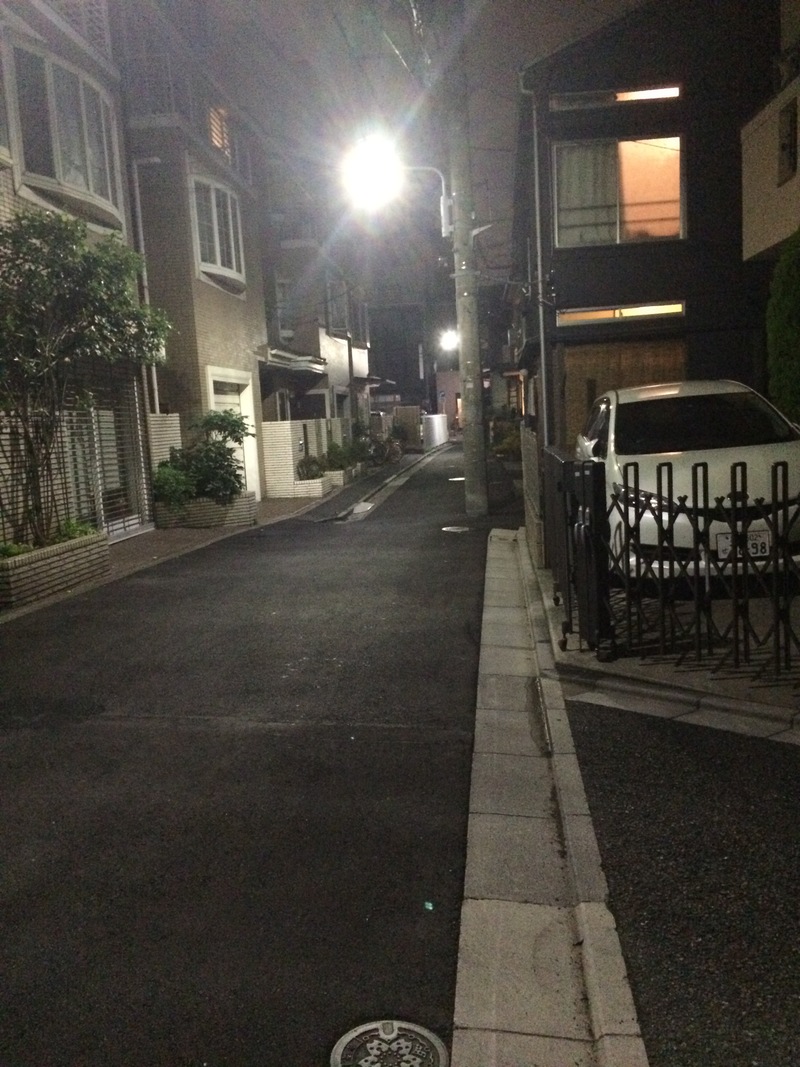

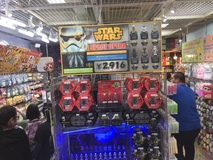

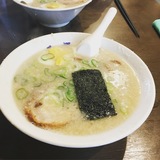
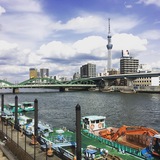
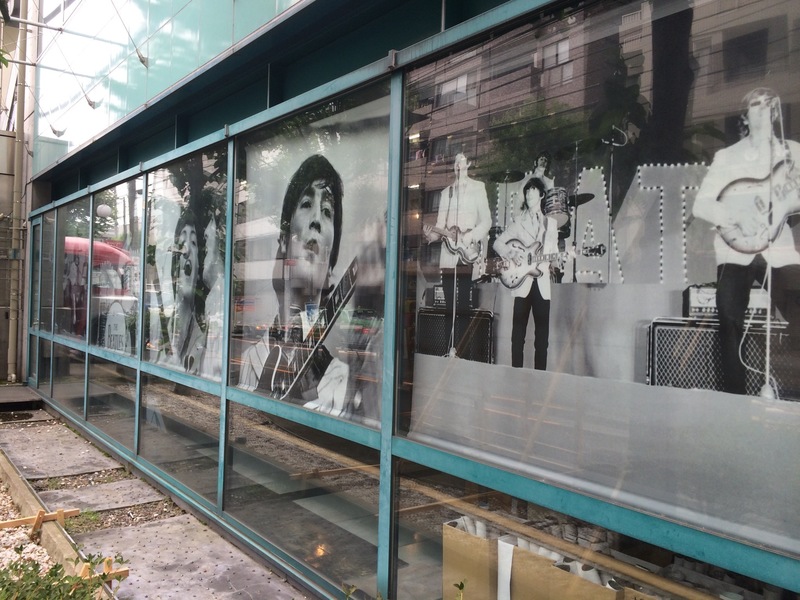
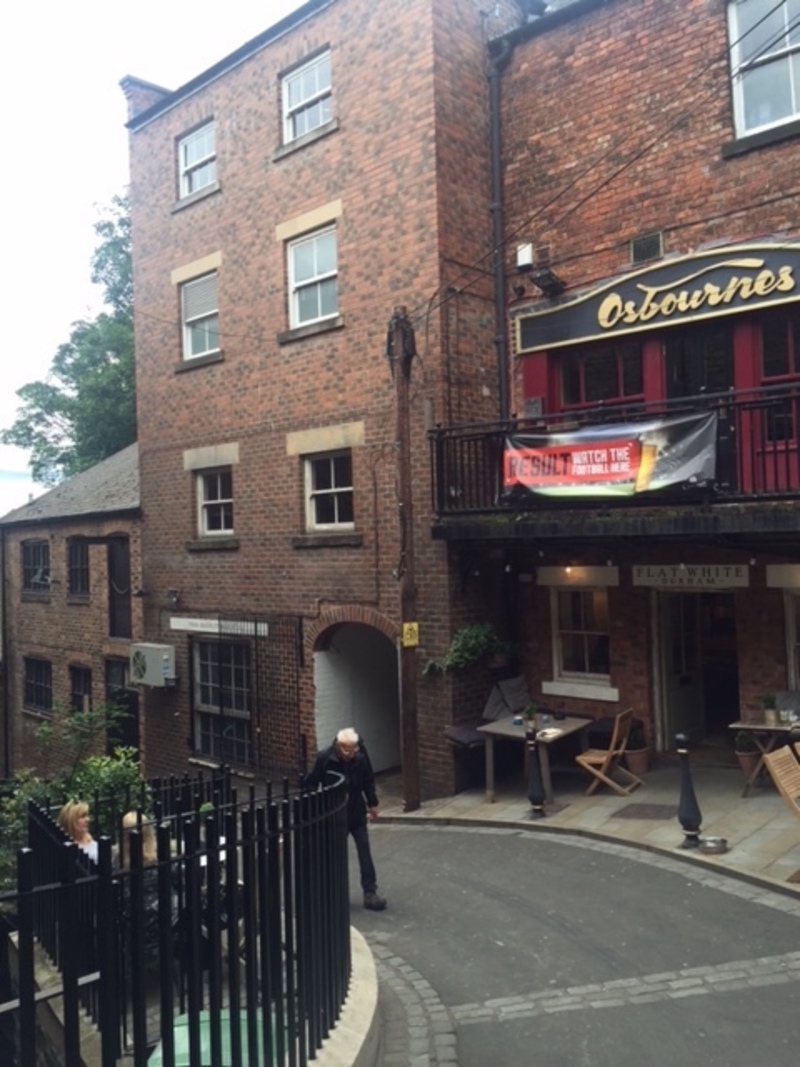
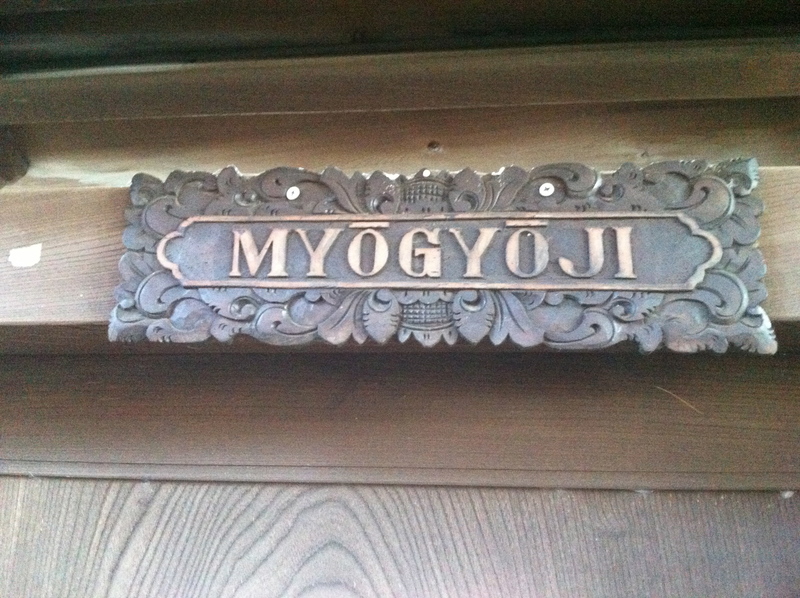
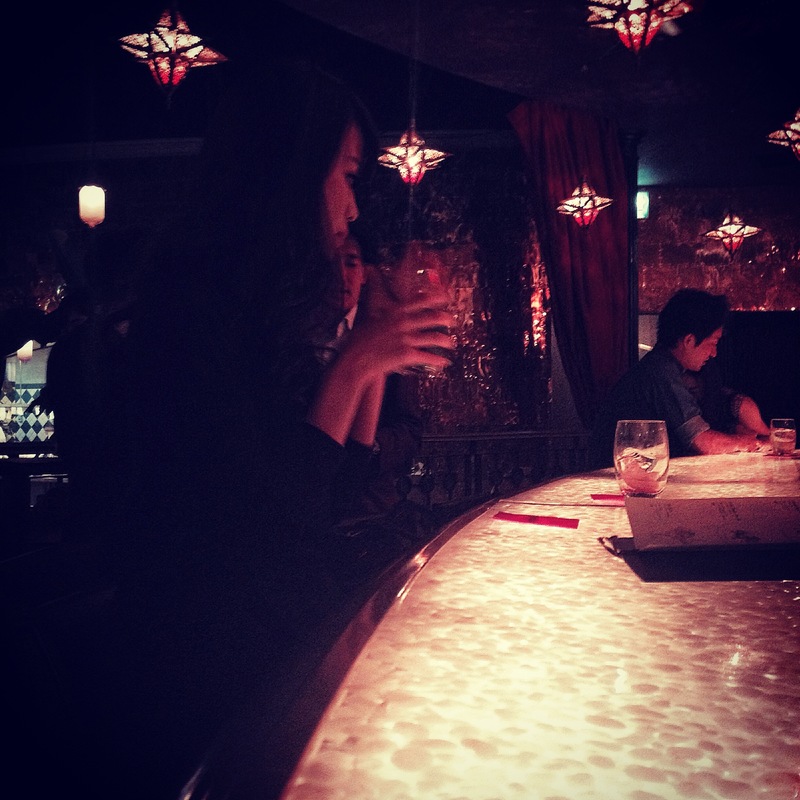
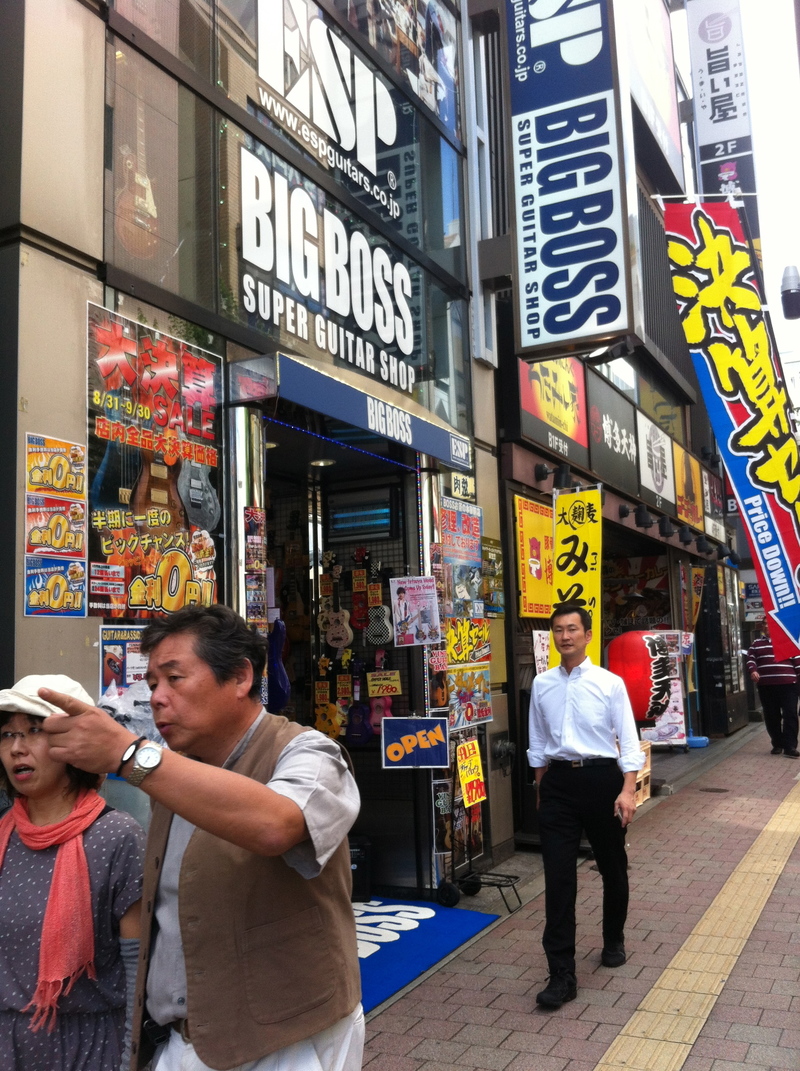
-m.jpg)

